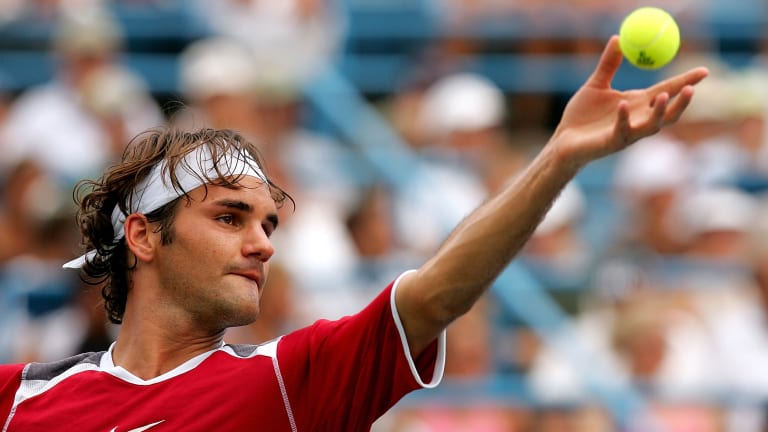Each week, Baseline will take a look at a player who has thrived at one of the stops on the ATP and WTA tours during their career. (Photos: Getty Images)
Over the course of his record-breaking career, Roger Federer has won 28 of his career titles at the Masters 1000 level, with the Cincinnati tournament his most successful event.
The Swiss has come out on top seven times there, good enough for first place on the all-time champions’ list. Surprisingly, though, the journey was actually a rough one at the start—even as he was racing up the standings to the top spot.
Making his debut at the tournament in 2000, ranked No. 39 in the world, Federer fell in the first round to the Spanish veteran, Francisco Clavet. It was his future coach, Ivan Ljubicic, who then upset the world No. 14 in his next appearance in 2002. Fresh off his first Grand Slam title in 2003 at Wimbledon, Federer won a match in Cincinnati for the first time, but his junior rival David Nalbandian stopped him in the next round.
Entering the 2004 edition of the tournament as the No. 1-ranked player in the world, Federer’s misfortunes continued as Dominik Hrbaty defeated him in three sets in the opening round.
By the time of the tournament in 2005, the Swiss had already won seven titles on the year. After being pushed to three sets in two of his first five matches, Federer beat Andy Roddick in straight sets in the final to win the title for the first time.
